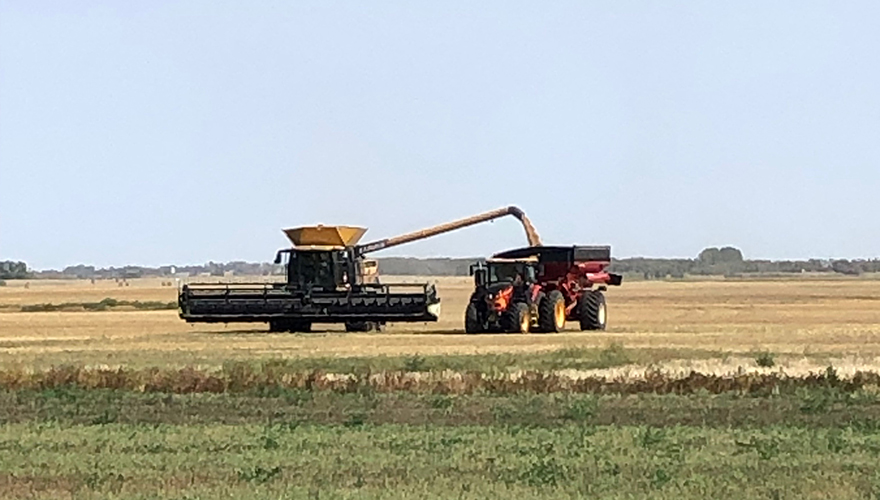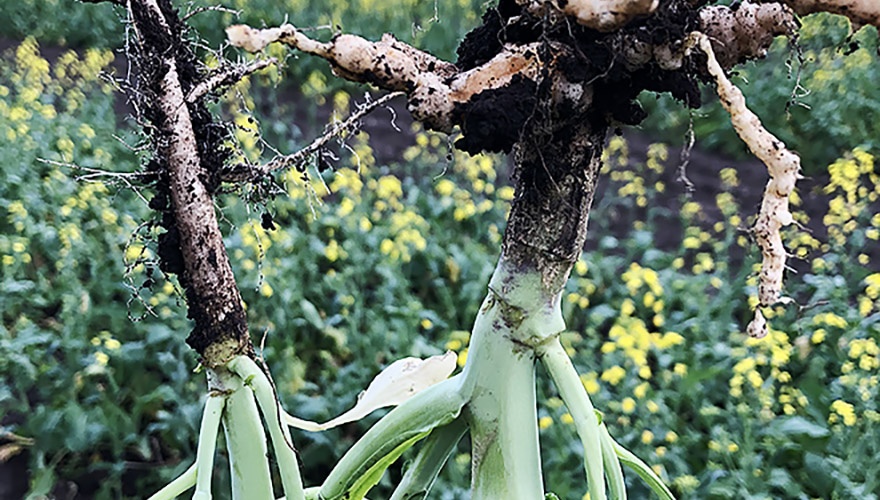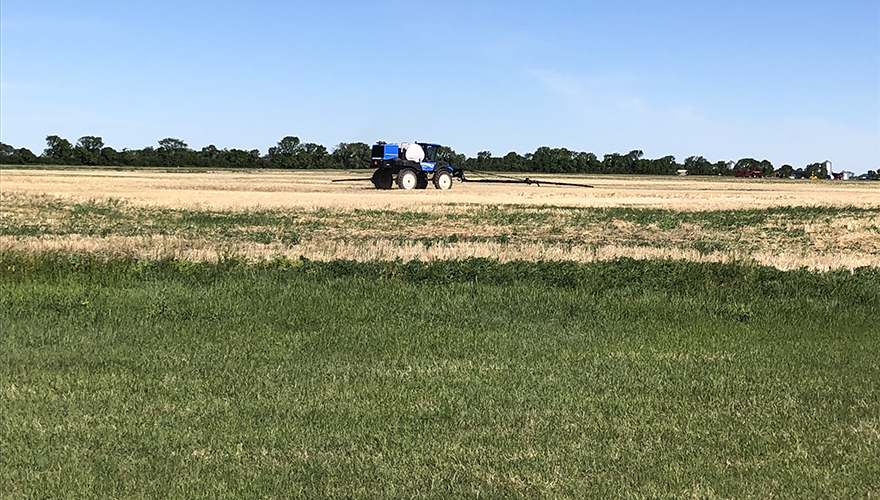Posted Febrary 19, 2020 | By: Sheldon Hains
Preventing Winter Kill In Forage Crops
Last winter was a bad one for winter kill in forage crops across the Prairies, and it’s shaping up to be another tough year.
While it has been cold for part of the winter, there’s also been bouts of milder weather in many areas that’s melted snow cover and left ground exposed, and the wind compounds the problem. Snow cover protects plants in forage fields and pastures from the injurious effects of winter kill.
Because of the winter weather we’ve experienced in recent years, it’s even more critical for forage producers to look for enhanced winter hardiness when selecting the varieties they want to plant in 2020.
Winter hardiness, which is a measure of a plant’s ability to survive the winter without injury, is important for perennial crops like alfalfa and other forages, especially in our extreme climate.
In the past though, increasing winter hardiness in new alfalfa varieties has typically come at the expense of another desired quality, low fall dormancy.
Alfalfa varieties are rated for the fall dormancy trait. Those with higher ratings have lower fall dormancy, and they tend to produce higher yields since these types of alfalfa varieties begin growing earlier in the spring and will also start to regrow faster after harvest.
These days, however, there’s less of a trade-off between winter hardiness and low fall dormancy. That’s because forage breeders and seed companies have started producing new varieties that feature top-end performance in both of these areas.
If you’re a forage producer, that means you can get the best of both worlds and not have to choose one of these beneficial traits over the other.
For instance, orchardgrass, which isn’t known to be the most winter hardy forage, now has a hardier option. Nutrien Ag Solutions and Proven Seed have a variety called Blizzard, that’s high yielding and has improved winter hardiness.
Another new forage offering from Nutrien Ag Solutions and Proven Seed is Halo 2 alfalfa. It offers the same yield benefits and enhanced saline tolerance as Halo alfalfa, but its winter tolerance is higher.
The end-result is a better, longer-lasting alfalfa or grass stand that can give you an extra year or two before you have to replant. And that will not only save you precious time but also money, especially since alfalfa is one of the more expensive forage crops to establish and maintain.
FEATURED LINKS
NEWSLETTER
Want to stay caught up in all things agriculture? Sign up for the newsletter and get all the latest news straight to your inbox.
What Are Biostimulants
Posted Febrary 10, 2020





